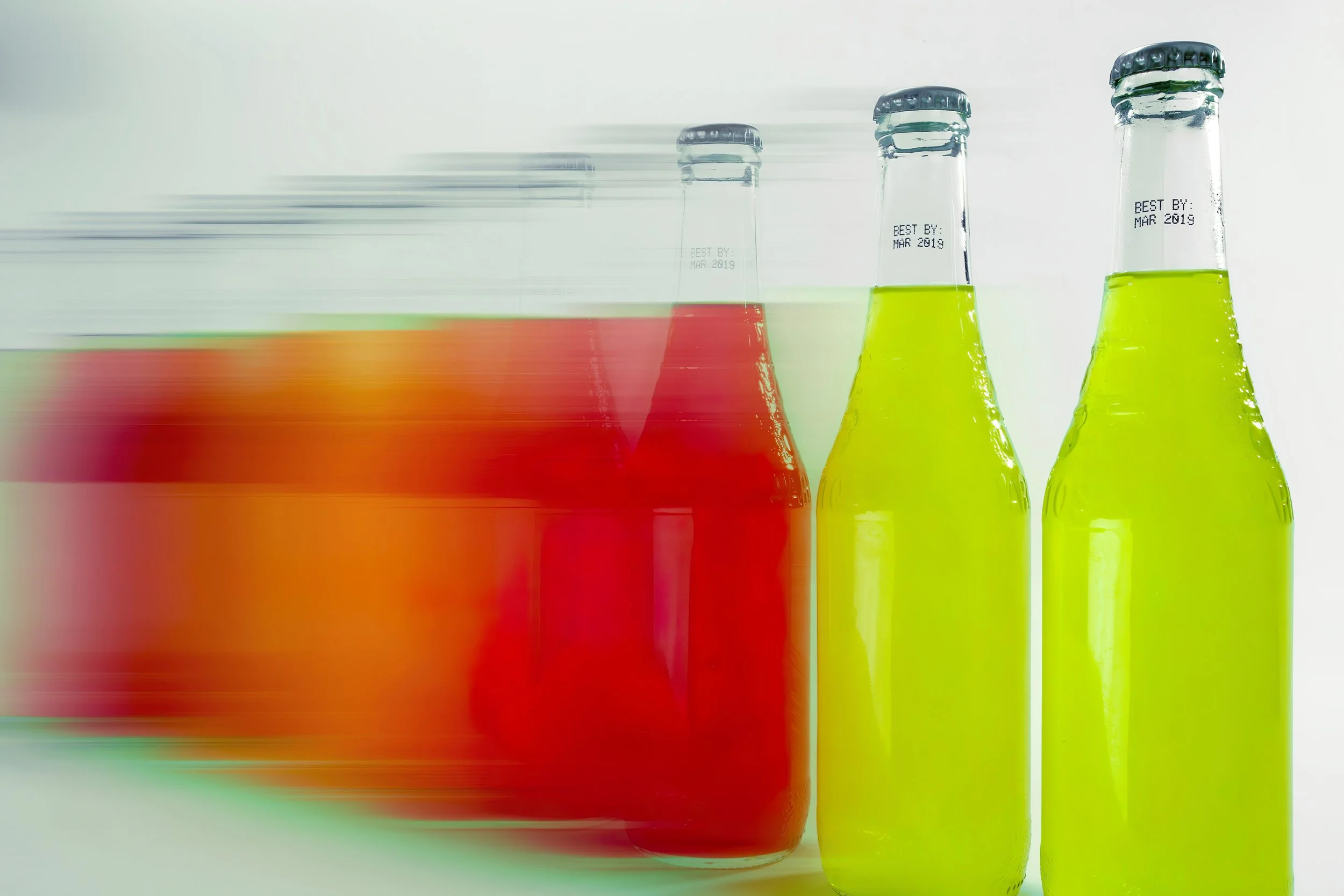The Remarkable World of CIJ Printing Technology: Unveiling its Inner Workings and Unconventional Applications
The Continuous Inkjet (CIJ) Printer - Where Precision Meets Versatility
Continuous Inkjet (CIJ) printing technology has revolutionised the world of printing, enabling precise and versatile solutions across various industries. From manufacturing to packaging, CIJ printers have become indispensable tools, capable of producing high-quality prints on a wide range of materials. Join us as we delve into the inner workings of CIJ printers and explore their most useful and unusual applications.
How Does a CIJ Printer Work?
CIJ printers employ an ingenious process to create printed images and texts on various surfaces. At the core of this technology is a small inkjet printhead that consists of a nozzle, an ink reservoir, and a pump system. Here's a detailed breakdown of how a CIJ printer operates:
Ink Droplet Formation: The ink reservoir supplies ink to the printhead through a series of filters to remove impurities. The ink is then pumped into a narrow nozzle or orifice at high pressure, typically around 50 pounds per square inch (psi). This pressure forces the ink to flow out of the nozzle in a continuous stream, forming a liquid jet.
Vibrating the Jet: To ensure droplet formation, a piezoelectric crystal is located near the nozzle. This crystal rapidly vibrates, creating pressure waves that disrupt the continuous ink stream into evenly spaced droplets. The frequency of the vibrations is precisely controlled to achieve the desired droplet size.
Droplet Charging: As the ink droplets break off from the continuous jet, they pass through a charging electrode. This electrode imparts an electrical charge to each droplet by ionising the ink particles. The charge on the droplets can be altered by adjusting the voltage applied to the electrode, allowing for precise control over their behaviour.
Deflection Control: Just before the droplets reach the printing surface, a set of deflection plates, also known as "deflectors," come into play. These plates have an electrical charge applied to them, which creates an electrostatic field. By selectively applying different charges to the plates, the printer can control the trajectory of each charged droplet, guiding it towards the target or deflecting it away.
Printing and Recycling: The charged droplets that are not required for printing are deflected into a gutter system and recirculated back to the ink reservoir. Meanwhile, the remaining charged droplets pass through the deflection plates and land on the surface, forming the desired image or text.
Useful Applications of CIJ Printing Technology:
Product Packaging: CIJ printers excel in the packaging industry, providing the ability to print barcodes, expiration dates, and batch numbers on a wide array of packaging materials. The high-speed operation and exceptional print quality make CIJ printers indispensable for ensuring traceability and product identification.
Industrial Marking: CIJ printers are extensively used for marking products and components in industrial settings. From automotive parts to electronic devices, CIJ printers can apply permanent identification codes, serial numbers, and logos onto various substrates, including metals, plastics, and glass.
Food and Beverage: CIJ printers play a crucial role in the food and beverage industry, enabling the printing of nutritional information, ingredient lists, and allergen warnings on packaging materials. CIJ printers are designed to meet stringent food safety regulations and can withstand demanding production environments.
Pharmaceutical Industry: In the pharmaceutical sector, CIJ printers ensure accurate labelling and serialisation of medicine packaging, including blister packs, vials, and cartons. The ability to print high-resolution, legible codes on small surfaces is essential for maintaining product integrity and combating counterfeiting.
Unusual Applications of CIJ Printing Technology:
Artistic Creations: CIJ printers have found their way into the realm of art, enabling artists to create stunning visual compositions. By harnessing the precision and versatility of CIJ printers, artists can produce intricate patterns, abstract designs, and even reproduce famous artworks on unconventional canvases.
Edible Printing: CIJ printers have transcended the traditional boundaries of printing, venturing into the culinary world. With specialised food-grade inks, CIJ printers can print intricate designs on edible items such as cakes, cookies, and chocolates, offering a personalised touch for special occasions.
Cosmetics and Personal Care: CIJ printers have become a valuable tool in the cosmetics and personal care industry. They can imprint logos, branding elements, and even intricate patterns on product packaging, adding a touch of elegance and uniqueness to beauty and skincare products.
Continuous Inkjet (CIJ) printers have earned their place as a critical technology across numerous industries, enabling precise and versatile printing solutions. From marking industrial components to creating edible art, the applications of CIJ printers continue to expand, pushing the boundaries of what can be achieved with this remarkable technology. As the demand for high-quality prints and customized packaging grows, CIJ printers are poised to play an increasingly pivotal role in shaping our visually captivating world.


